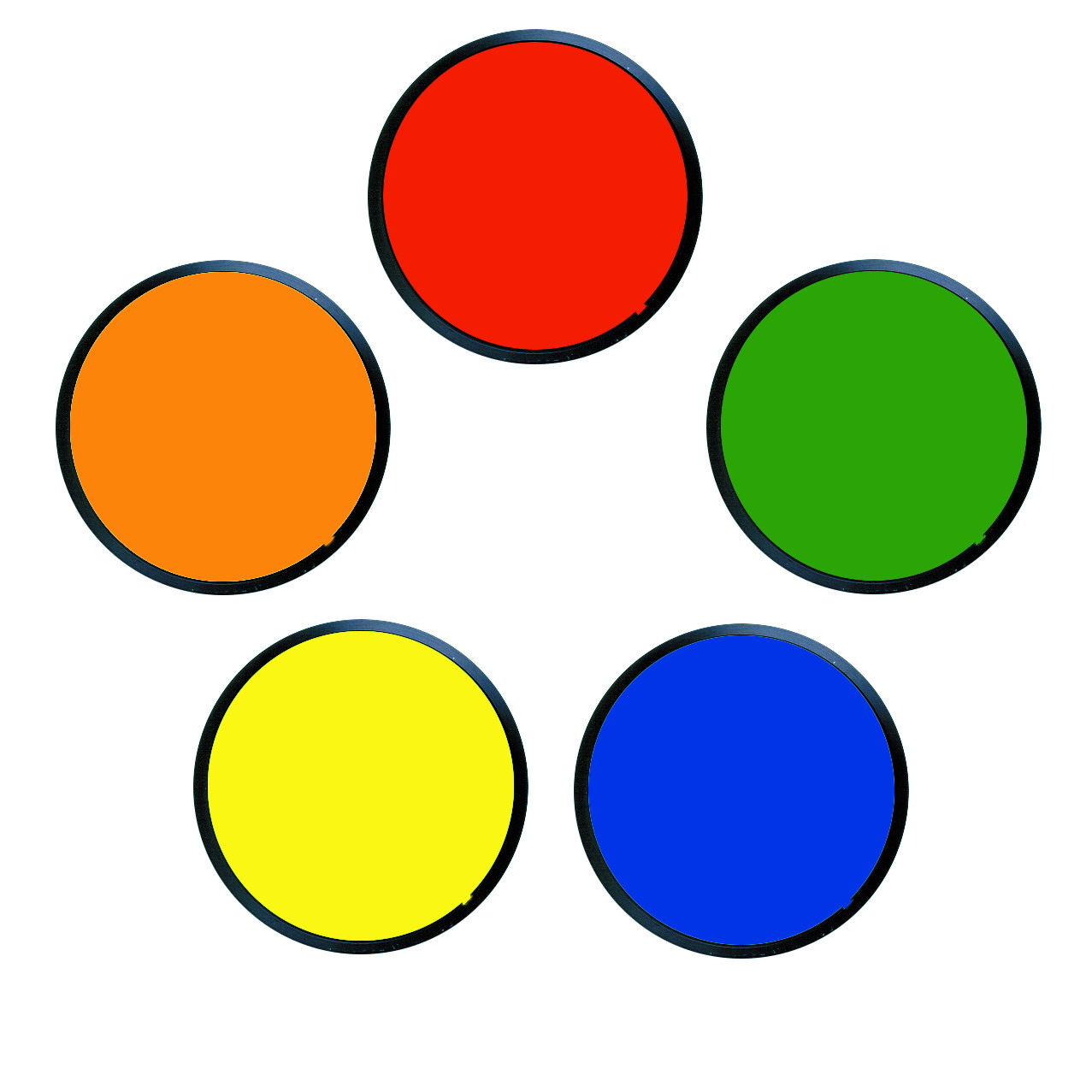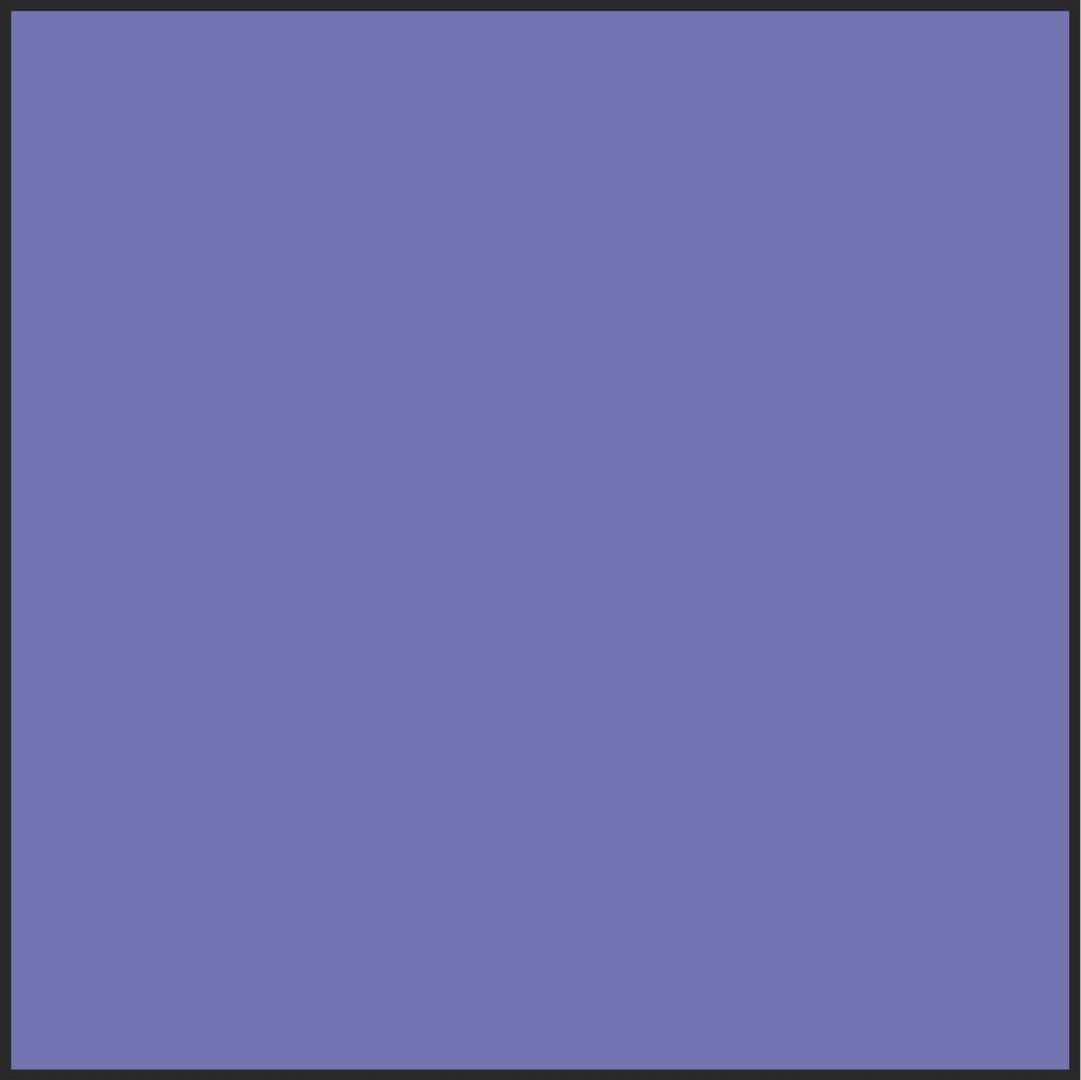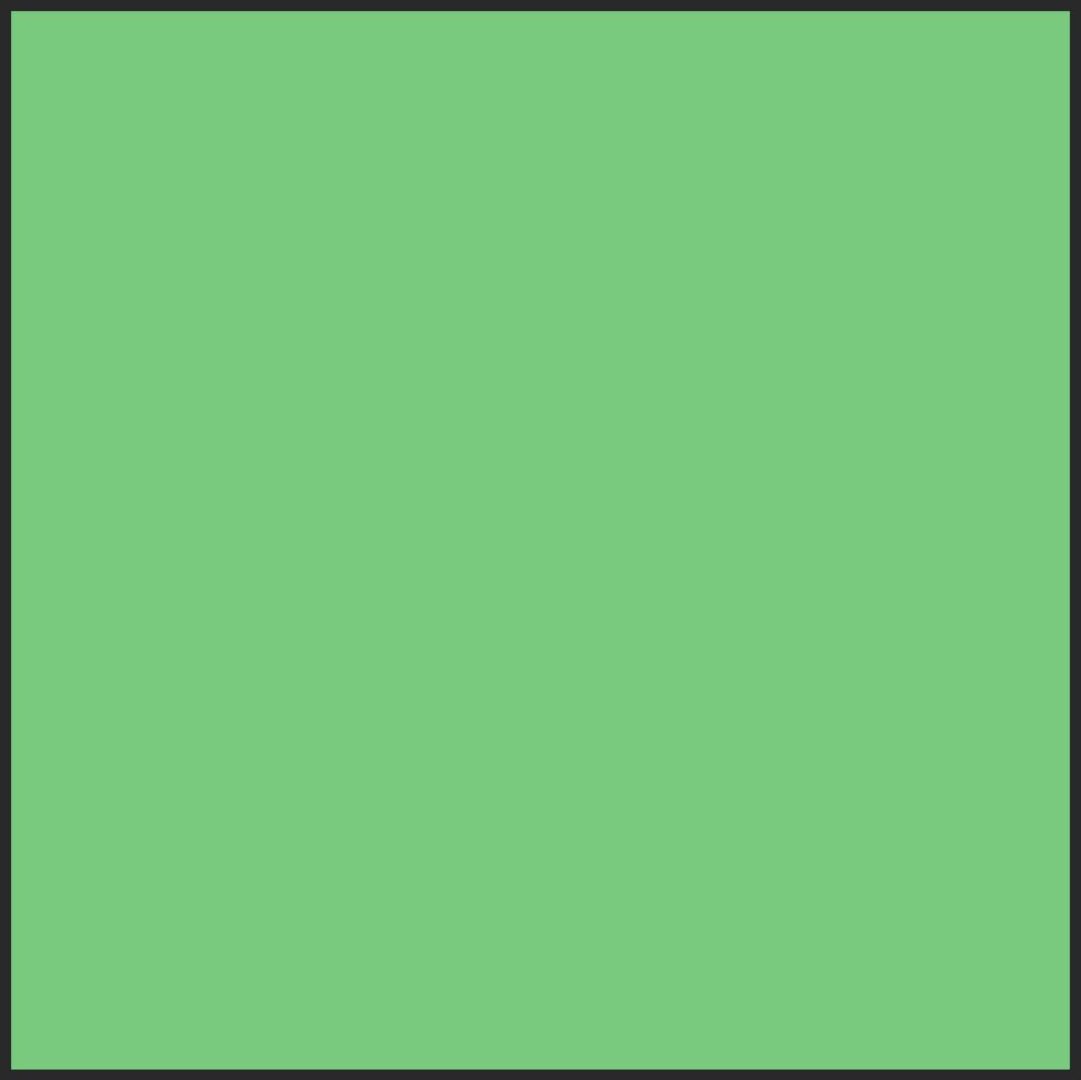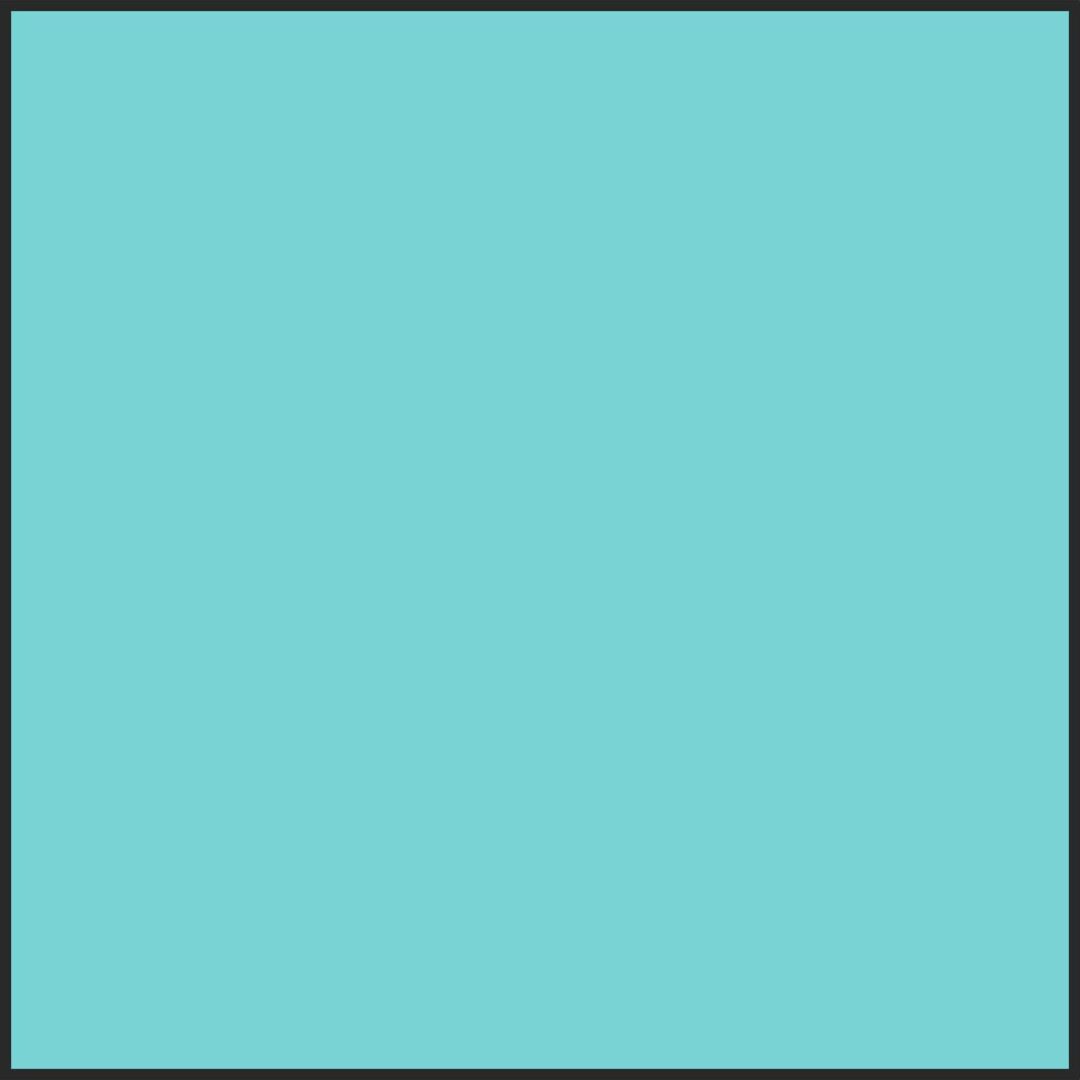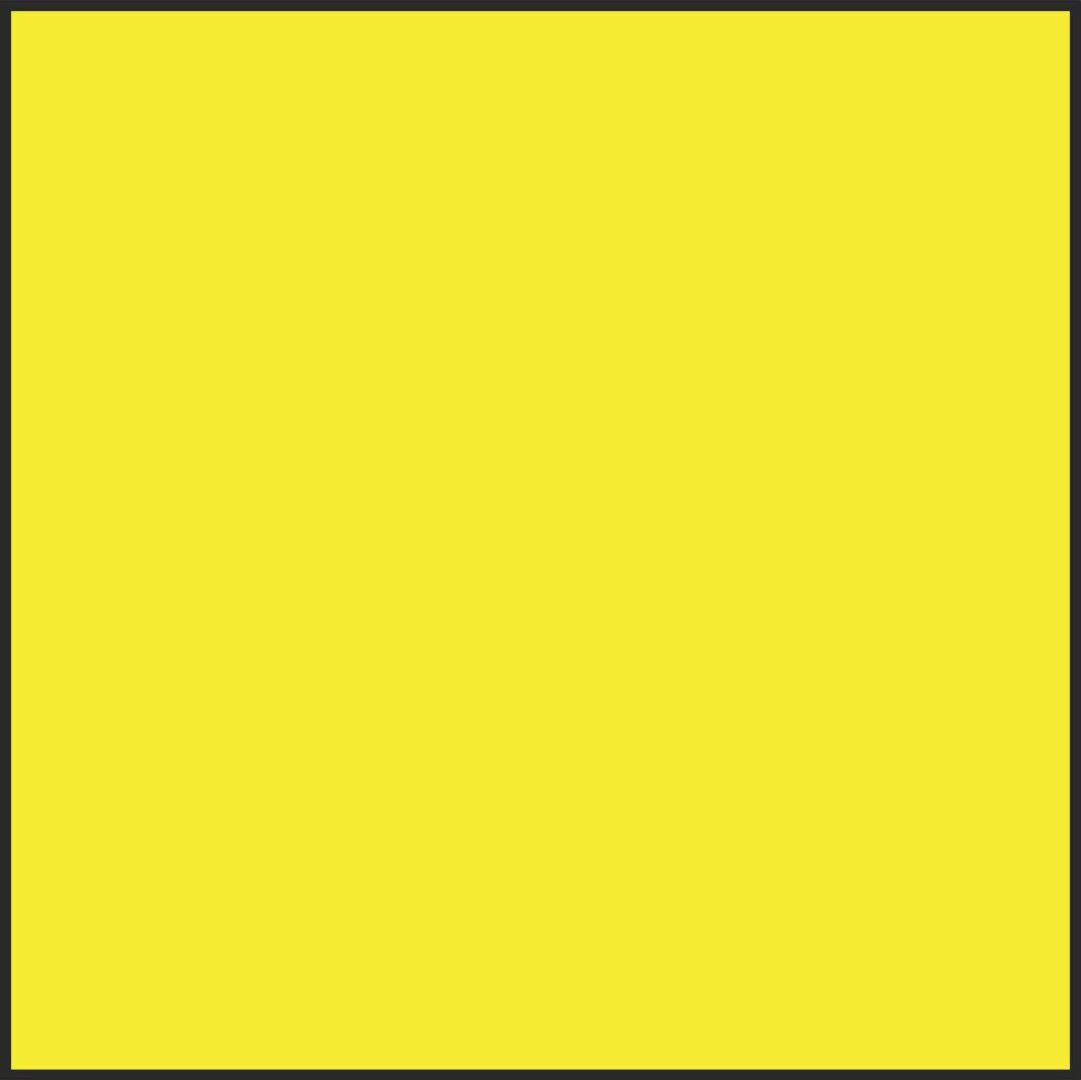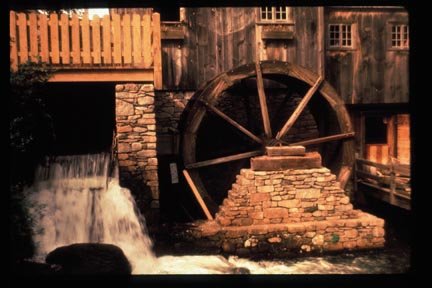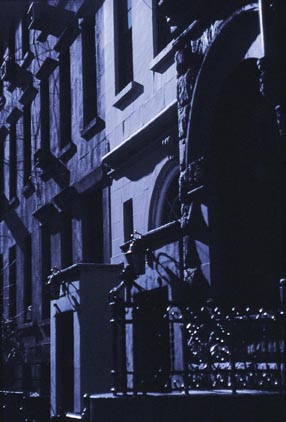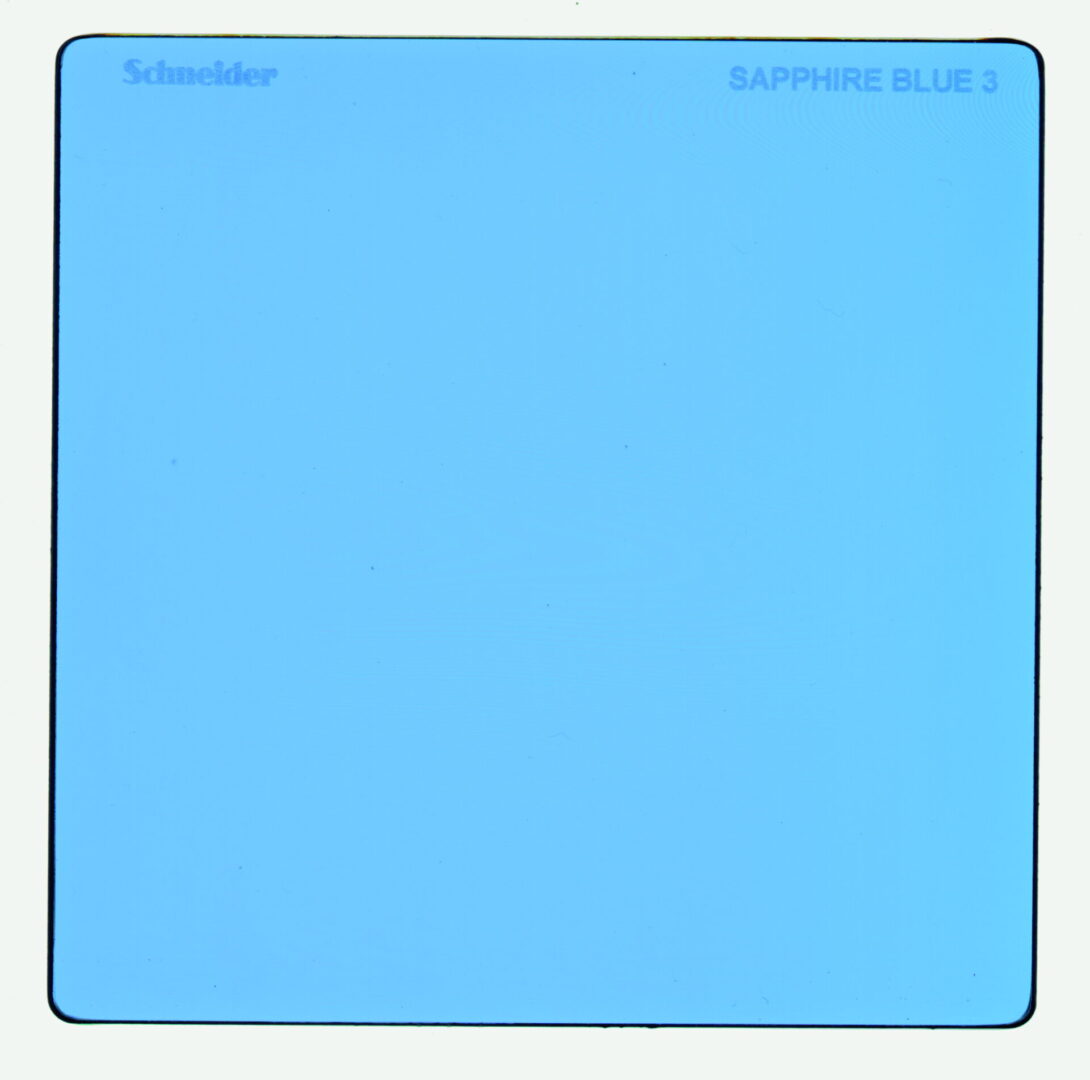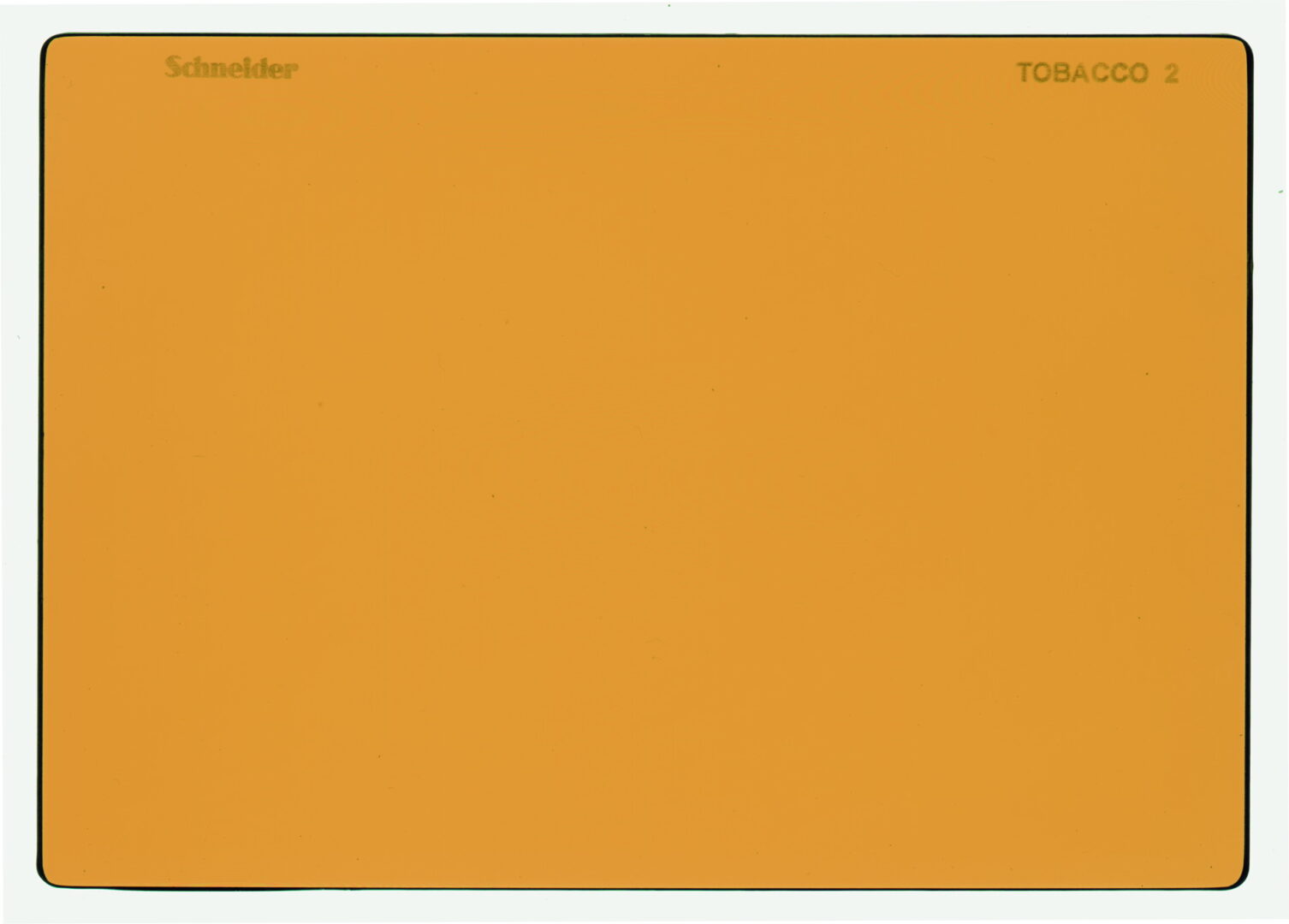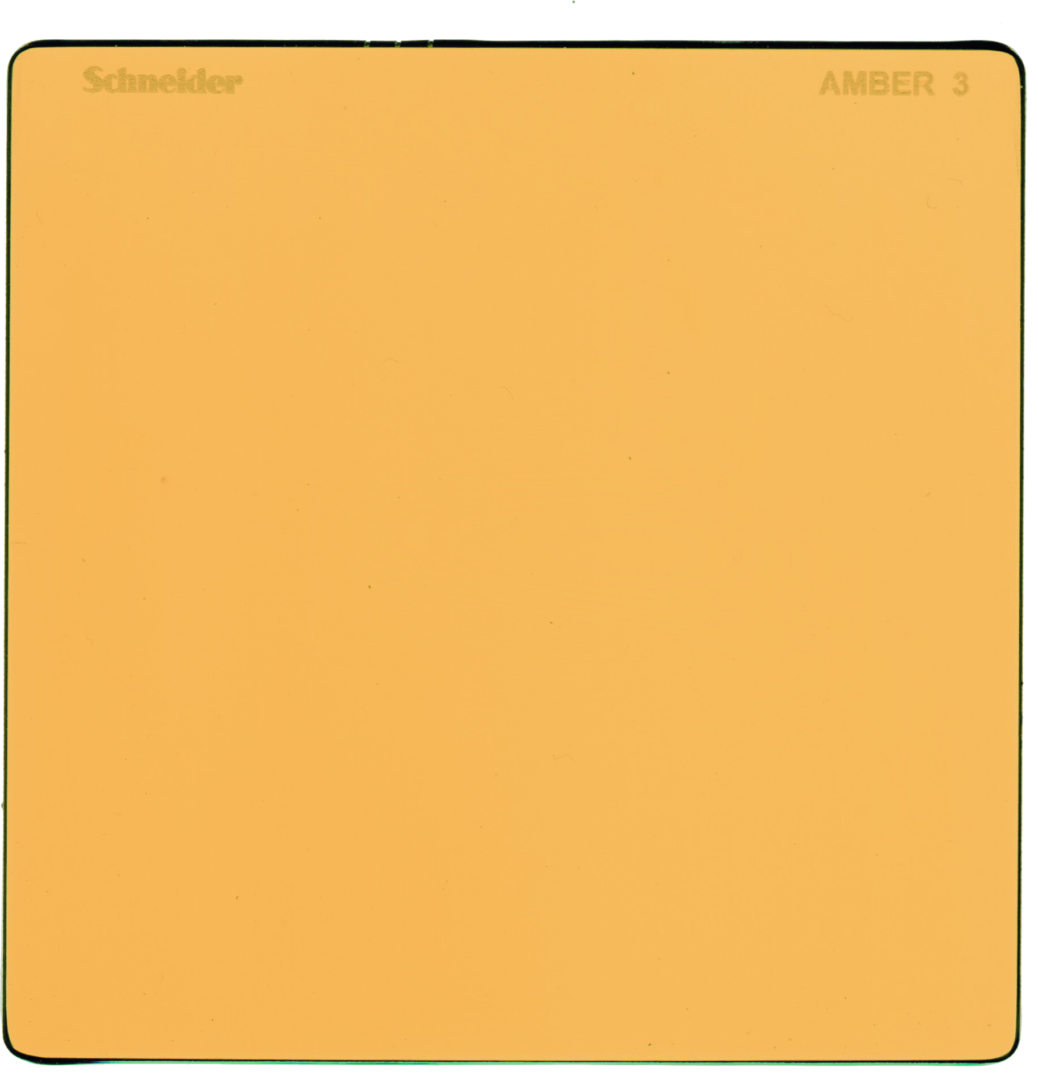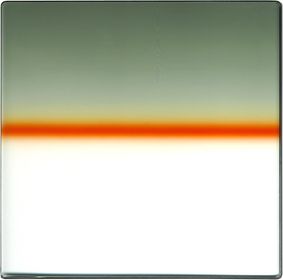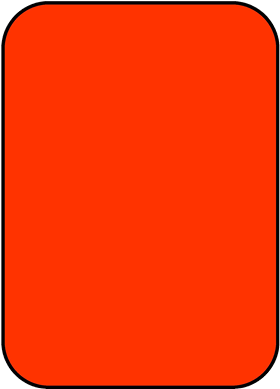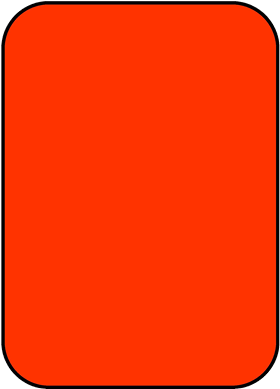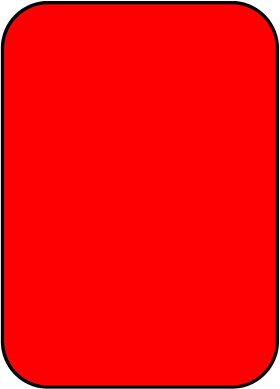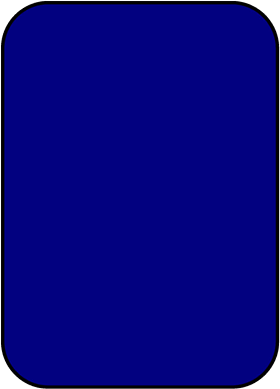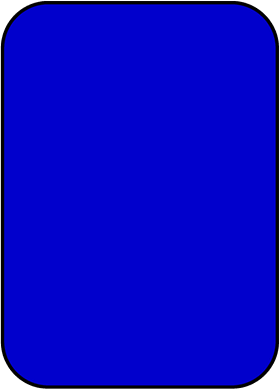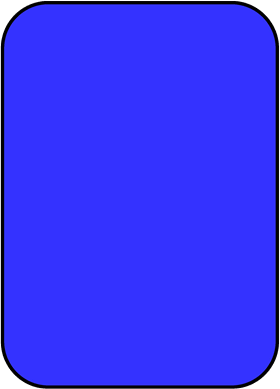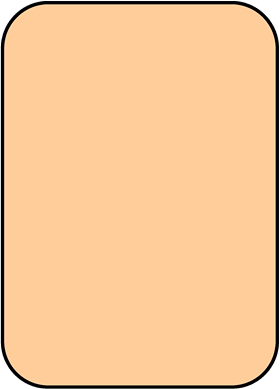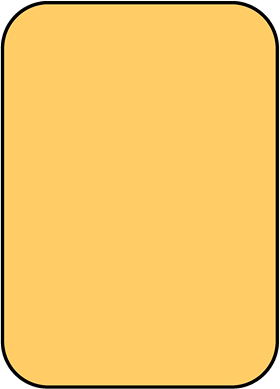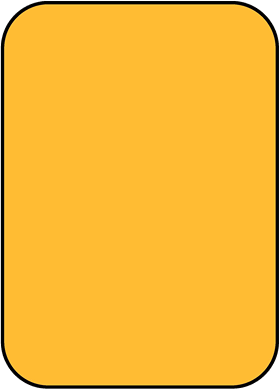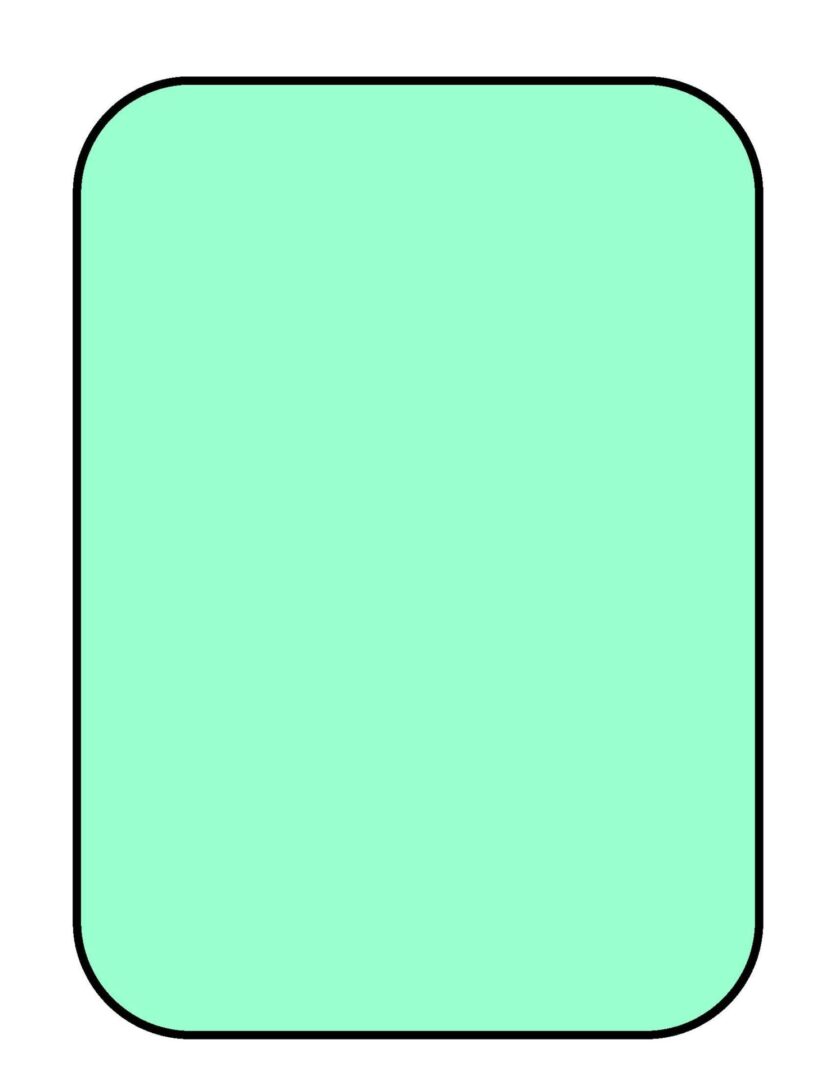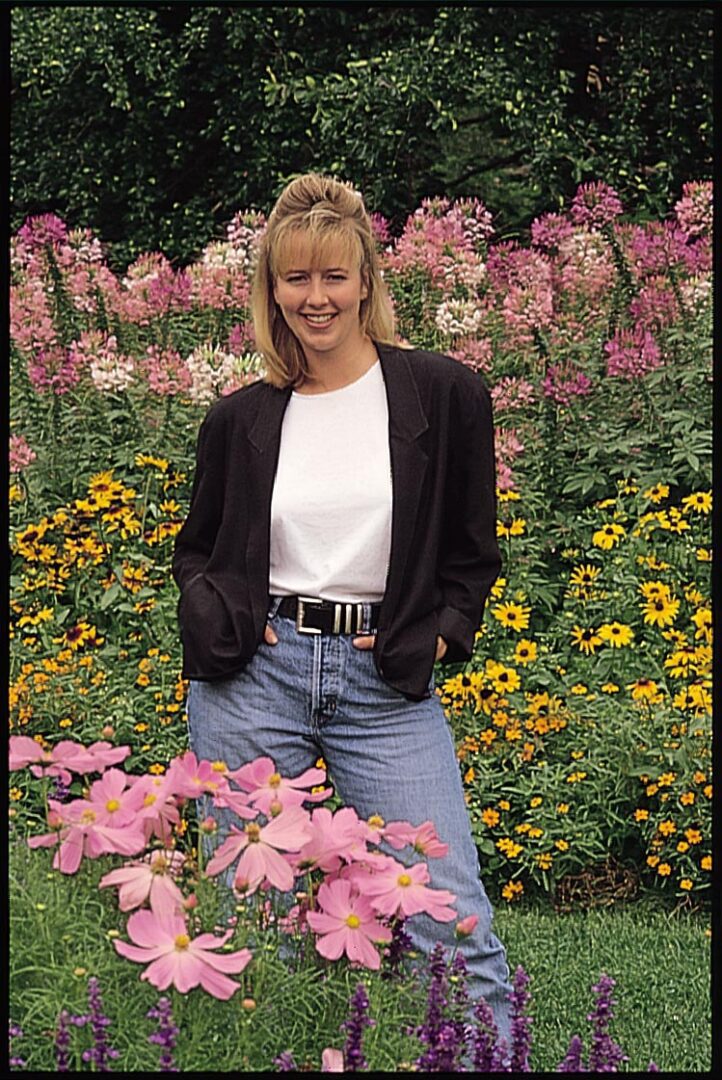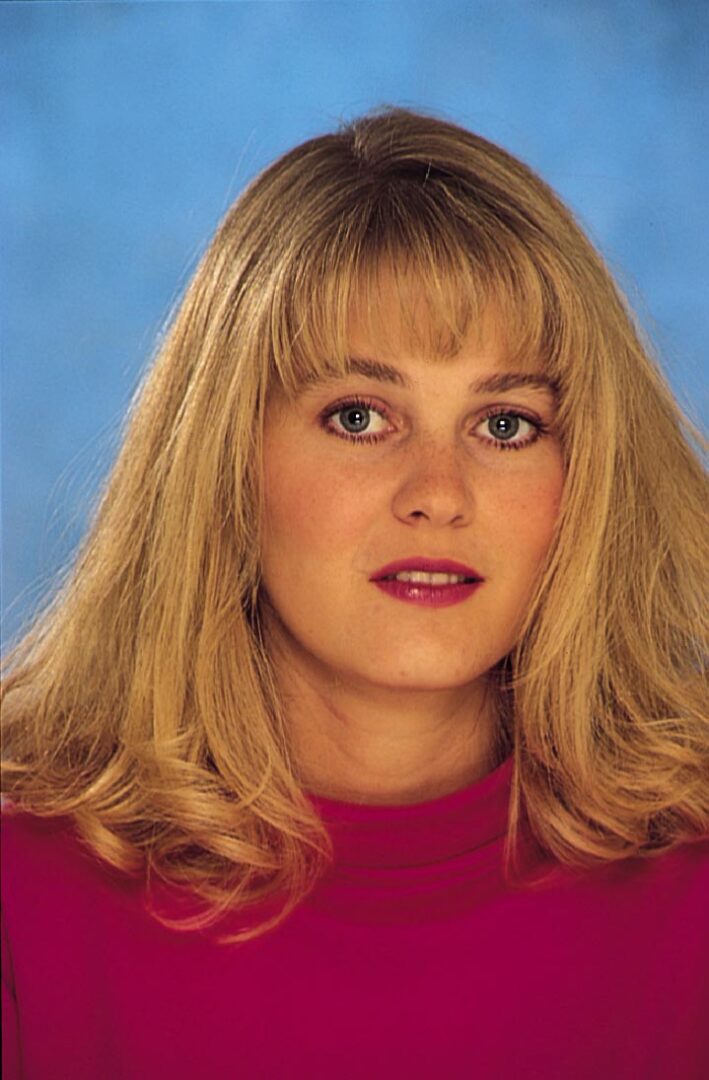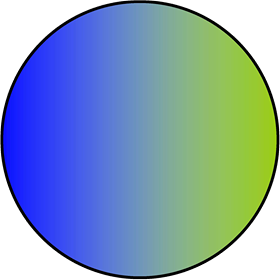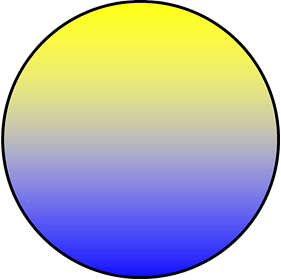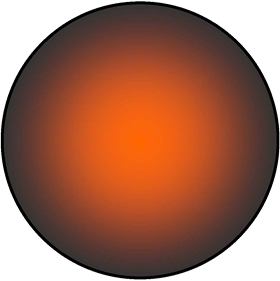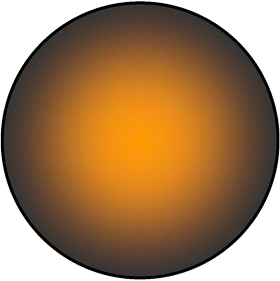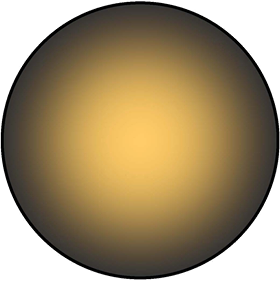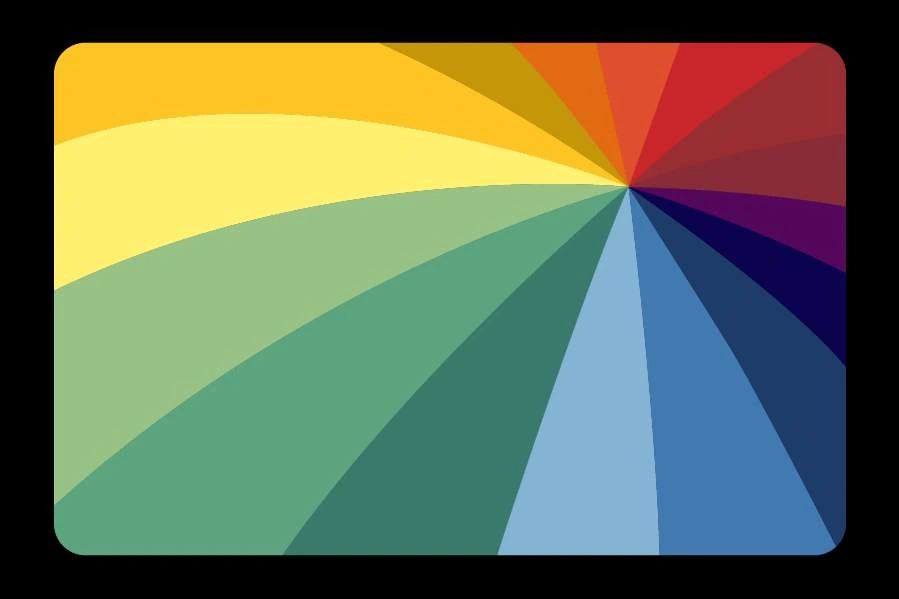
Filters that change, alter, or balance the color content of light.
Note -worthy C O L O R S
Corals
Corals were established in 1938 by the Harrison Optical company. They are a variation of the Kodak 85 and are used as a dual purpose filter.
First and foremost, they serve as a color-balancing filter for cinematographers when they need to maintain the same color(Kelvin) temperature throughout a day’s shoot.
Second, because of their unique pastel range, corals are used to produce various sunset and warming effects. A complete set of Corals can include up to 12 densities and are available in solids graduates, attenuators, and horizon stripes.
Color Compensating Filters
CC filters are used to compensate for unusual lighting situations, some of which may employ two or more different types of illumination in the same scene. Because of their extended range, as well as their full and half-incremental densities, CC filters are a great tool for creating delicate adjustments of the primary and secondary colors. . . . The Filter Gallery is pleased to offer complete sets of glass cc filters in the primary (blue, red, green) and secondary (magenta,cyan, yellow) colors.
COLOR EFFECTS FILTERS
Color-effects filters are an interesting range of warming, cooling, and enhancing colors used to achieve the desired look. Three classic examples are the sepia filter, the red enhancer, and the cool-day-for-night.
The sepia filter, with its light brown tone, is often a preferred choice for achieving a “turn-of-the-century” look. The red enhancer, with its dramatic-producing properties, is an ideal filter for intensifying reds, oranges, and earth-tone colors. The cool day-for-night filter, with its striking blue tone, enables camera professionals to replicate a moonlight effect during day-time shooting.
Other popular effect colors include Tobacco, Chocolate, Straw, Gold, Antique Suede, Whiskey, Tropical Blue, Storm Blue, Cool Blue, Arctic Blue, Gray/Blue, and Peacock Blue, most of which are available in 3 grades (light, medium, and dark).
GRADUATED COLORS
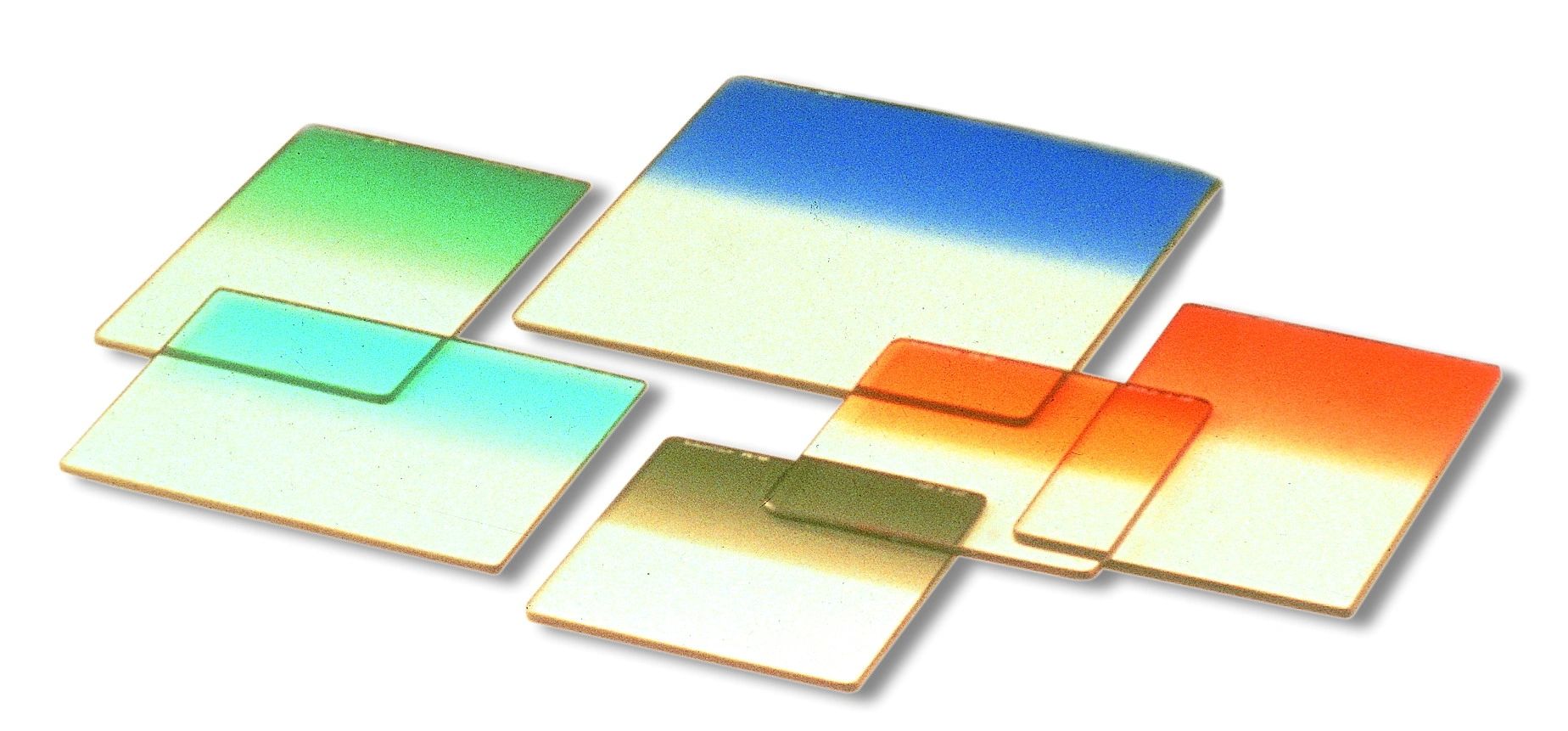
Graduated color filters are half clear and half-color, with the color portion gradually progressing into its identifying density.
They are used to spice-up a washed-out sky or add color to half a scene. They are available in a wide range of colors and are supplied in soft or hard edges. A soft edge is used with wide lenses, while the hard edge is designed for long lenses.
COLOR CONVERSION FILTERS
Conversion filters are used to “convert” the light reaching the film or chip to match the light source being used to illuminate the subject.
They come in two strong colors: the 85 (orange) series, which permits tungsten film (3200 – 3400 K) to be used in outdoor lighting, and the 80 (deep blue) series, which permits daylight film (5500-5600 K) to be used under tungsten lighting condition.
COLOR BALANCING FILTERS
color balancing filters are a lighter version of the 85 and 80 series. They are used to selectively add a small amount of warmth or coolness to an already balanced scene. They are identified as the 81 (amber) series and the 82 (light blue) series and are often referred to as warming and cooling filters.
TIFFEN "812" FILTER
Developed in the early 1980s, the Tiffen 812 filter warms skin tones to produce a more natural-looking complexion. It is particularly effective on Caucasians with pale white skin and is ideal for photographing people in open shade.
VARI- COLOR POLARIZERS
are two color-polarizing foils, carefully positioned and laminated between two pieces of optical glass. These unique foils cause light-reflecting areas in outdoor scenes to produce dramatic color effects, even under low-light situations.
The Filter Gallery is pleased to make available three exciting blue combinations:
Lime/Blue, Red/Blue, and Yellow/Blue.
For motion-picture and broadcast professionals, the Filter Gallery supplies Vari-color polarizers in 138mm mounts and 4x5.650 pola frames.
COMBINATION COLOR FILTERS
Camera professionals very often experience situations that require the use of two or more necessity-type filters in a scene, but in certain instances, like aerial shoots, they are limited to the number of filters that can be mounted in front of the lens.
To help accomplish this, filter manufacturers offer combination color filters. These filter types generally constitute a polarizer or a neutral density filter in combination with a popular conversion or light balancing filter.
Classic examples include an 85/Pola and 81EF/ND, as shown in the following graphic.
